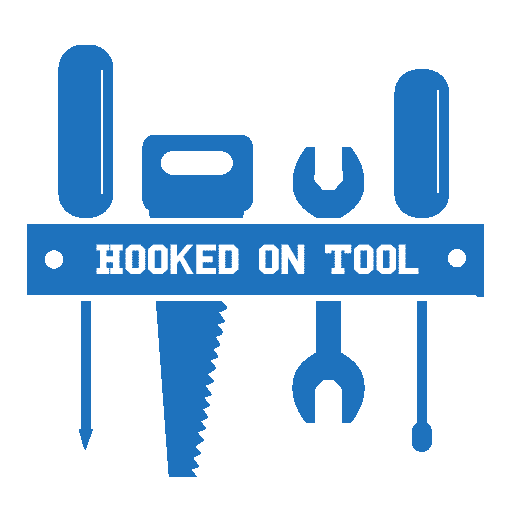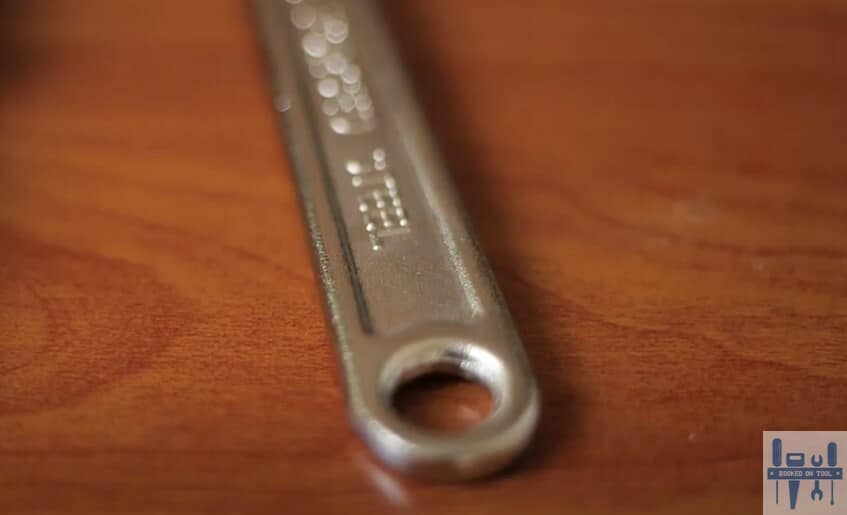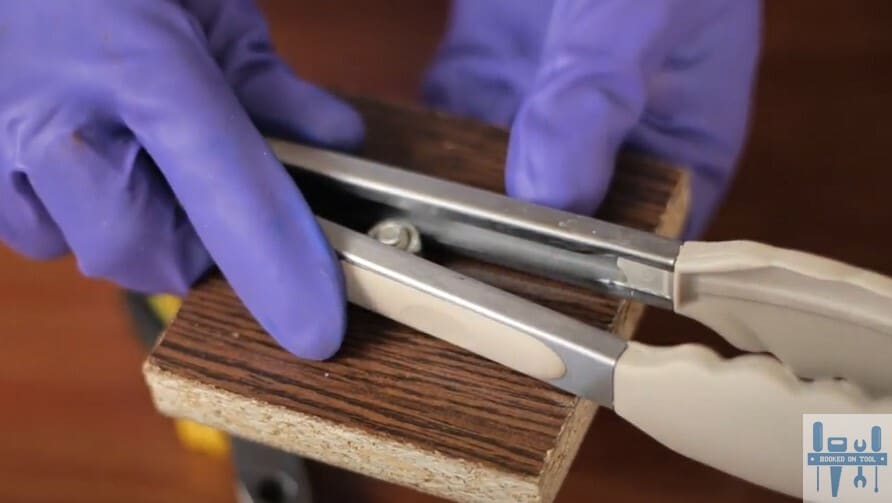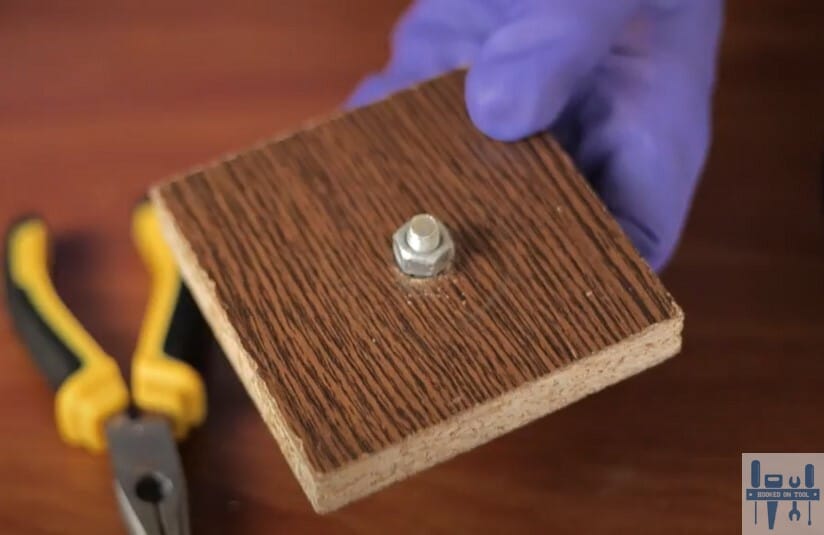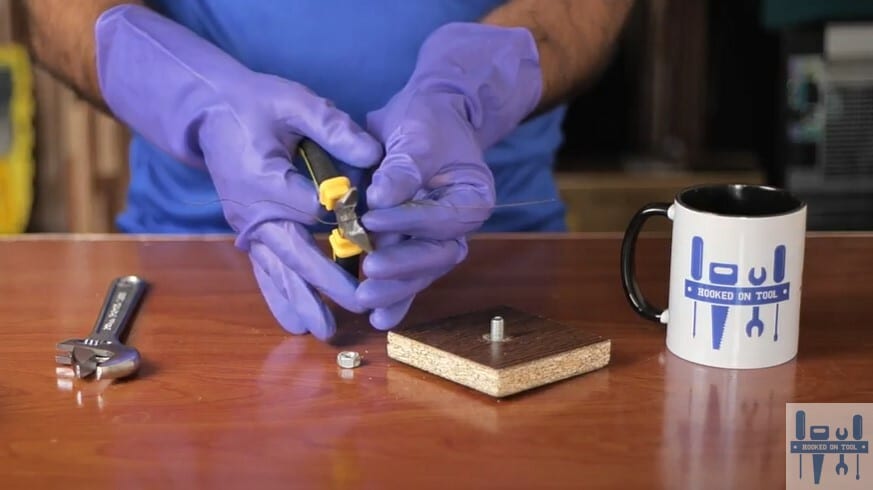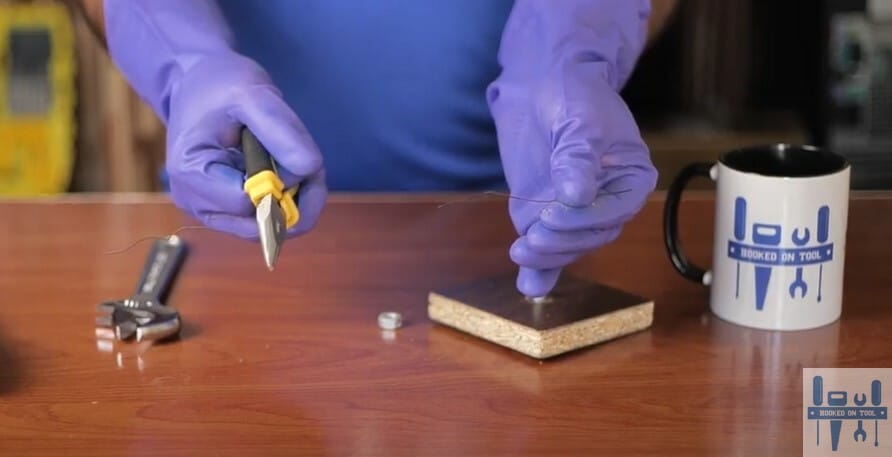
I don’t think that any workshop is complete without a proper set of pliers. You need at least two good pliers, one for backup and one for daily use. Almost every DIY project or construction project will include the use of pliers, and your toolkit is useless without them.
However, we can all come across situations where we can’t find both pliers, or they’re damaged. I am guilty of losing my pliers pretty frequently as well, and sometimes, we just have to improvise. Luckily, the basic function of holding, tightening, and unscrewing nuts is easily replicable with other items.
Yes, you can’t permanently substitute pliers, as this tool is pretty versatile, but if you’re in need of a quick fix, then there are some options, like wrenches, pliers, or metal tweezers. Everything boils down to how you’re planning on proceeding through the project.
What Can I Use If I Don’t Have Pliers?
If you’ve been working in a workshop or have a complete set of tools (without the pliers, obviously), then it might not be that difficult to find alternatives for pliers. First, you just gotta check the requirements of the project. If you have to remove some screws, then options like a wrench are perfectly suitable.
However, if you’re not working with screws and need something to help you cut/handle wiring, then switching over to wire cutters is a good option as well. Let me list some options you can use if you don’t have pliers.
Alternative 1 — Use A Wrench
I consider a wrench by far the best option. Whether you’re trying to tighten up some screws or loosen them up, you can use a wrench to develop a firm connection with the screws. The best thing that I like about the wrench is the leverage.
You’ll find that the majority of wrenches in the market are longer than your average pliers. So, if you need to get rid of an annoying screw, then going with a wrench is the best idea. You won’t have to struggle as much with the better leverage offered by a wrench.
Other than that, you can replicate the same grip by tightening up the wrench around the screw. I think it is pretty elementary to use the wrench, and you just gotta loosen up the teeth, put them around the screw, and tighten them up.
You can then start unscrewing the screw by moving it in the counterclockwise direction. It might take a minute or two longer, but if the screw is not completely isolated, you have a good shot at rotating the wrench 360 degrees around the screw.
One con that I will mention here is the efficiency of the wrench. Yes, you will get more power and better grip from the wrench, but if you’re working on a smaller project, then the wrench will hold you back. You can’t quickly let go or grab the screw when using a wrench.
Instead, you will have to tighten up the teeth and loosen them up each time you’re trying to move to a new screw. So, have this con in mind as well. Don’t think to yourself that you’re sorted out with a wrench, and you won’t have to buy pliers.
While I am guilty of using wrench instead of pliers many times as well, I always made sure to find or purchase a new plier (if it was permanently lost) right after the project. So, I’ll say that you get to the local hardware shop and have them give you a fresh plier.
One tip that I’ll give you here is that you gotta get yourself proper tool storage. Having a proper place for your tools will change the game when it comes to DIY projects. At the very least, you won’t lose your pliers, and at best, you will notice somewhat of a boost in your efficiency.
Alternative 2 — Use Tongs
Now, a more “make-shift” solution to your plier problem will be the tongs. Yes, I’m talking about the tongs that you have in your kitchen. When working on DIY projects, you should be all about improvising and using the things that “ARE” available.
The advantage of having tongs is that you’ll have the same control and functionality as pliers in terms of the fundamental hold. The tongs can be used to grip screws (of any length) and tighten them by turning them in a clockwise motion.
Similarly to this, rotating the tongs anticlockwise will loosen the hold. I won’t make any promises, though, regarding the durability and integrity of the grip. Recently, I tried using tongs to screw and unscrew a few screws, but I discovered that the screws broke my tong.
It wasn’t what I was hoping for, and I wasn’t even able to tighten up the screws all the way. As soon as I started to put more pressure on the tongs, they would start squeaking or bending out of shape. So, if you’re looking for a more robust solution, then just stick with a wrench.
The tongs are only meant to hold things, and they can help you with the same functionality as the pliers, but that doesn’t mean that you can add tongs to your toolkit. Just use tongs as a quick fix to the project to keep the screws in place while you get a wrench or a replacement plier to help with the project.
Being lazy here is just asking for more trouble, and you will thank yourself more if you just get a new plier for your projects. One more thing that I’ve found people using is metal tweezers. These tweezers are ideal for smaller screws, but the problem with the metal integrity is still there.
The tweezers are just too thin, and you will be breaking them up as soon as you are done tightening up the first screw. So, have that in mind, and don’t use the tweezers when they are not tightening up the screws properly. Otherwise, you will just be overcomplicating the situation for yourself.
Alternative 3 — Use Wire Cutters
Lastly, I’d like to mention that pliers are not only used to tighten up screws or hold nails as you hammer them down. Instead, one pretty common use for pliers is to cut wires or reshape them to fit your project properly. So, you can’t really do that with tongs or wrenches.
However, what you can use instead of pliers to manage wires is a wire cutter. Yes, the wire cutter won’t help you screw or unscrew a bunch of stuff, but you will still be able to cut wires. The teeth of the wire cutter are much sharper, and you will be able to get through thicker cables with ease.
There is no need to put any strain on your hands, just get a set of wire cutters. From there, you can put the wires between the teeth and close the teeth to cut the metal wire or cable into different pieces. From there, you can also use the back of the wire cutter to reshape the wire.
It will take a bit of getting used to when switching from pliers to wire cutters. However, I say that you need both the wire cutters and the pliers in your tool kit. There will be several projects where you’ll thank yourself for having wire cutters handy.
One tip here is that you shouldn’t try using the wire cutters to unscrew or tighten up different screws. That will only damage the screws while also dulling the teeth. You will notice that the efficiency or the clean cuts offered by the wire cutters will just become dull.
I’m sure that you don’t want that to happen, and just sticking with a wrench or tongs to manage screws is a much better idea. Make sure that you’re aware of how much pressure you gotta put into the turning motion. If it is a bit much, then going with the wrench is the only reasonable option for you.
Note: If you’re interested in DIY projects or running a workshop, everything will boil down to how quickly you can improvise. You won’t have the best tools or the best situations all the time. So, focus more on being creative and experimenting with different projects.
One thing that helped a ton of handymen was working with other professionals on joined projects. So, if you’re new to DIY projects as well, just go to your local workshop and have a go with the professionals working there.
I’m sure you’ll pick up a lot of cool things about how to manage your DIY projects.
The Takeaway
Although I regard pliers to be the cornerstone of my toolset, there are occasionally circumstances where I have to work without them. Fortunately, I have plenty of options in my tools, and I occasionally use a spanner to assist me to tighten and loosen various screws.
Simply use your imagination and try utilizing tongs or wire cutters if you ever find yourself in a similar scenario (depending on the project). The best course of action is to use a spanner if you need a stronger grip to assist you with screws.
Tongs or metal tweezers will be useful if you’re working with slightly smaller screws, though. Even though you won’t be able to move the screws with as much force, the grip will be modest enough to allow you to complete this kind of project.
The best option is to use a wire cutter if you need something to help you with wires or cables. You can better alter and reposition wiring for your most recent project.
Just remember to pick up a fresh pair of pliers as soon as you’re finished because you’ll need them for your subsequent project.
